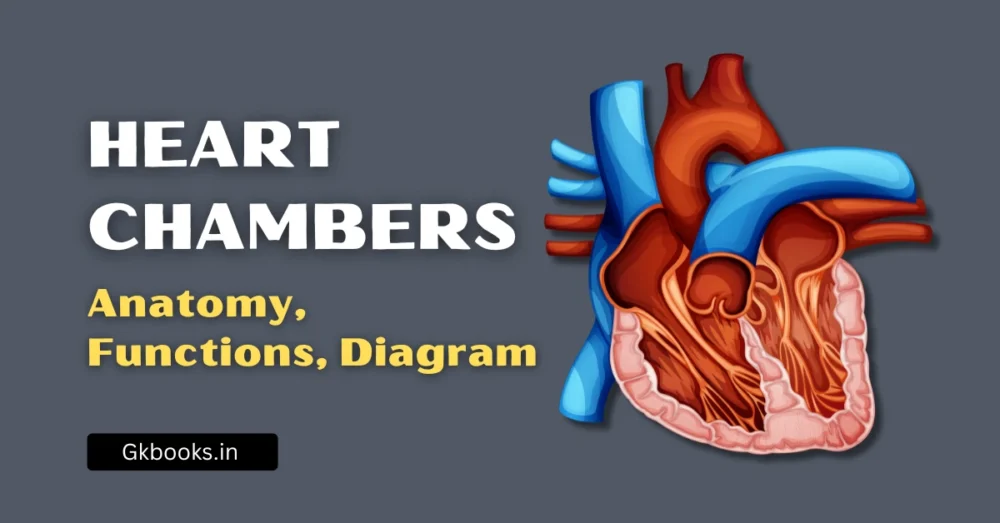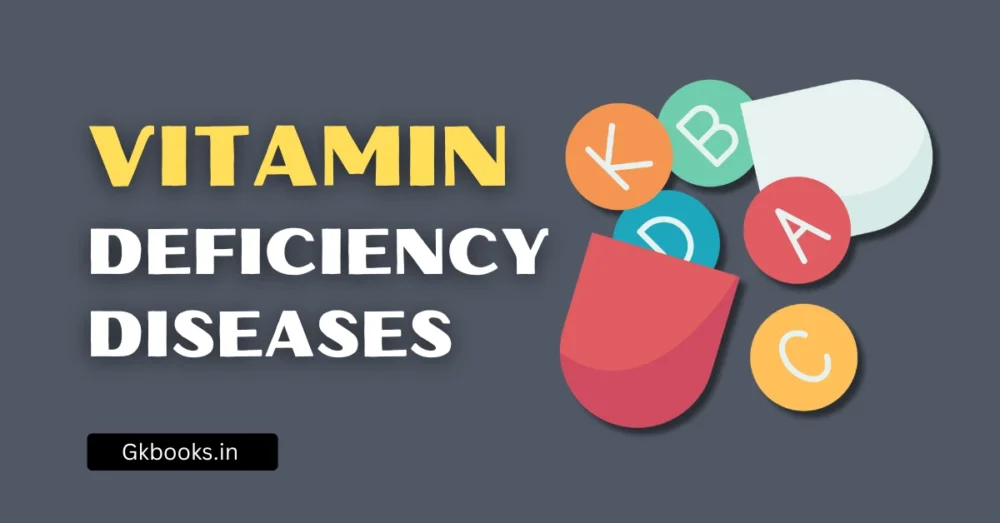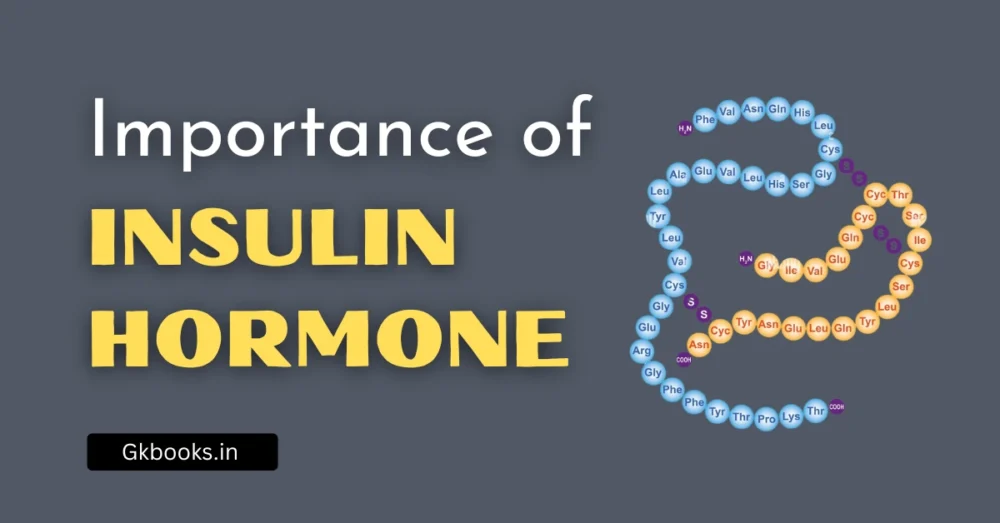The human digestive system is a frequent topic in exams like UPSC, SSC, RRB NTPC, and State PSCs. Within this system, a small but vital structure called villi plays a key role in digestion and absorption of nutrients.
Understanding the structure, function, and importance of villi can help in solving both MCQs and concept-based questions effectively.
Let’s uncover this exam-relevant topic in a simple and engaging way.
What Are Villi?
✅ Definition:
Villi (singular: villus) are small, finger-like projections found on the inner walls of the small intestine.
✅ Location:
They are present in the lining of the small intestine, especially in the jejunum and ileum.
✅ Main Function:
To increase the surface area of the small intestine for maximum absorption of nutrients.
Structure of Villi
Each villus has a unique structure that supports its role in absorption:
| Component | Description |
|---|---|
| Epithelial Cells | Thin layer for easy absorption of nutrients |
| Capillaries | Absorb simple sugars (glucose), amino acids, and water-soluble vitamins |
| Lacteal (Lymph Vessel) | Absorbs fatty acids and glycerol |
| Microvilli | Tiny projections on villi; further increase surface area (forming the brush border) |
Role of Villi in Digestion and Absorption
✅ 1. Increases Surface Area
◾ The villi multiply the internal surface area of the small intestine by nearly 30 times, helping to absorb more nutrients.
✅ 2. Efficient Absorption
◾ Each villus is connected to a network of blood vessels and lacteals.
🔹 Capillaries absorb: glucose, amino acids, water, minerals.
🔹 Lacteals absorb: fatty acids, glycerol (lipids).
✅ 3. Transport to Bloodstream
◾ Once absorbed, nutrients are transported through blood vessels and lymphatic system to the rest of the body.
✅ 4. Quick and Selective Absorption
◾ The thin walls (only one cell thick) allow for rapid nutrient diffusion.
To stay updated with the latest GK and Current Affairs infographics, follow our official Instagram and Facebook page and prepare for exams easily.
Nutrient Absorption by Villi
| Nutrient | Absorbed by | Transported to |
|---|---|---|
| Glucose | Capillaries | Bloodstream (to liver) |
| Amino Acids | Capillaries | Bloodstream (to body cells) |
| Fatty Acids | Lacteal (lymph) | Lymphatic system → blood |
| Water, Minerals | Capillaries | Bloodstream |
Real-Life Application
If villi are damaged (e.g., in diseases like celiac disease), nutrient absorption is reduced, leading to malnutrition, weight loss, and fatigue — even with proper food intake.
Summary Notes
🧠 Villi = Finger-like projections in small intestine
🔹 Function: Absorb nutrients
🔹 Structure: Epithelial cells, capillaries, lacteal, microvilli
🔹 Increase surface area 30x for efficient absorption
🔹 Capillaries → absorb glucose, amino acids
🔹 Lacteals → absorb fatty acids, glycerol
🔹 Diseases affecting villi → reduce nutrient absorption
Practice MCQs (Exam-Style Questions)
Q1. What is the main function of villi in the small intestine?
a) Digestion of proteins
b) Absorption of nutrients
c) Secretion of bile
d) Movement of food
✔️ Answer: b
Q2. Which part of the villi absorbs fatty acids and glycerol?
a) Capillaries
b) Arteries
c) Lacteal
d) Veins
✔️ Answer: c
Q3. What increases the surface area of villi further?
a) Alveoli
b) Microvilli
c) Nephrons
d) Cilia
✔️ Answer: b
Q4. In which part of the digestive system are villi found?
a) Stomach
b) Esophagus
c) Small Intestine
d) Large Intestine
✔️ Answer: c
Q5. What happens if villi are damaged?
a) Over-absorption of nutrients
b) No effect on digestion
c) Malabsorption and weight loss
d) Improved immunity
✔️ Answer: c
Q6. Which of the following is not absorbed by capillaries in villi?
a) Amino acids
b) Glucose
c) Fatty acids
d) Water
✔️ Answer: c
Conclusion
Understanding the role of villi is vital in grasping how the body extracts nutrition from food. Their specialized structure and efficient absorption mechanism make them an essential topic for biology-based competitive exams.
Keep this topic in your revision list, especially under “Human Digestive System” or “Nutrition in Animals”.
Explore More topics on Biology
Heart Chambers: Anatomy, Functions, Diagram & Exam-Focused Notes
Vitamin Deficiency Diseases – Causes, Symptoms, Sources & Exam-Focused Notes
Function of the Stomach in the Human Body: Key Roles, Mechanisms & Importance






